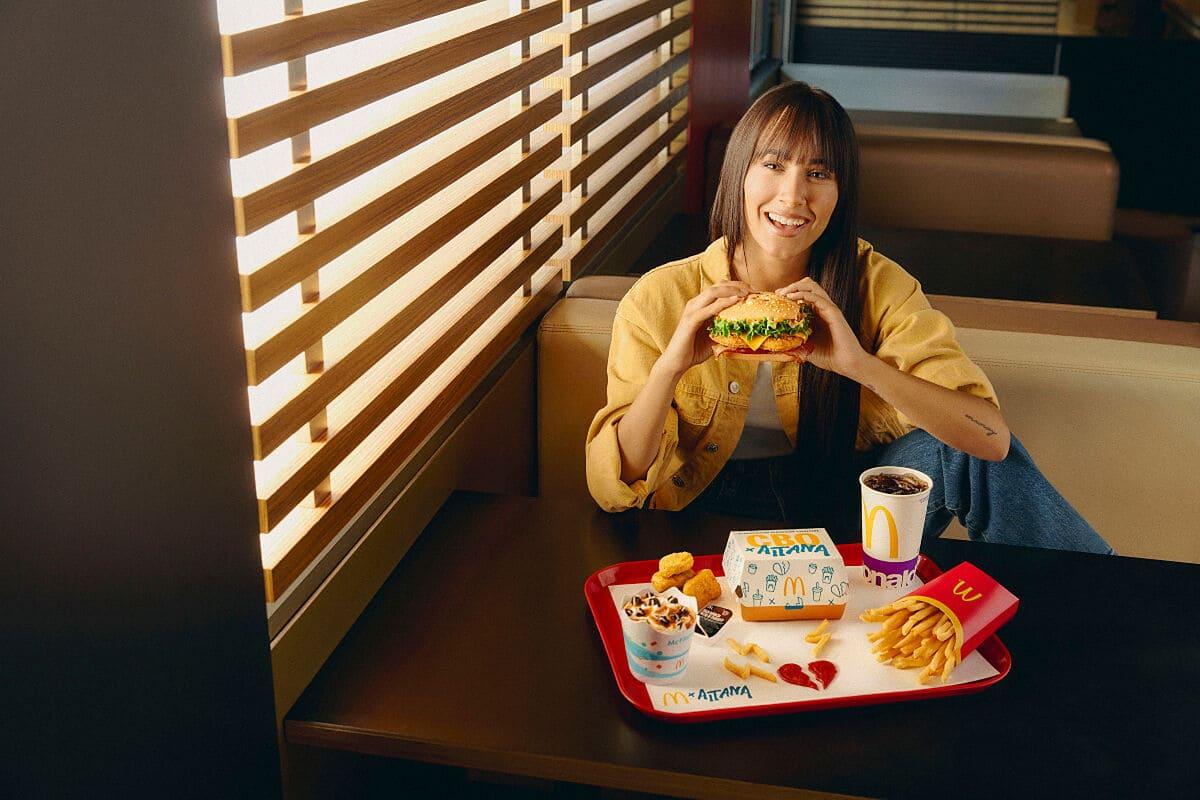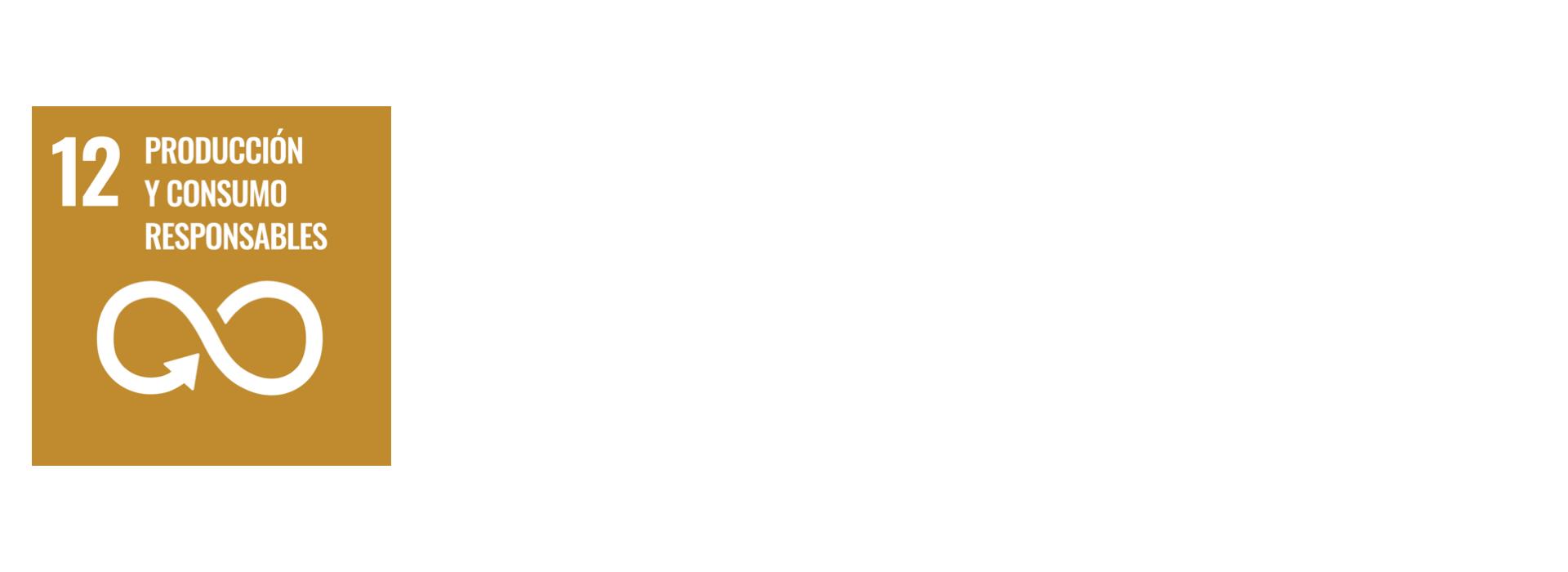Anything goes to increase brand awareness?
12 Octubre - 2021
Cristina Aced
Lecturer in the Department of Business & Management Strategy
Expert in Corporate & Digital Communication
__
Aitana Ocaña, the former OT contestant, is currently promoting a McDonald's menu that she could not eat because she is celiac. On the other hand, in its latest TV commercial, Burger King USA has made its hamburger king dance to the song Questions, by Hoàng Read, very popular on TikTok. Does it make sense for a brand to choose as ambassador an influencer who cannot consume its products? Or to take to TV a TikTok viral that most likely will not work with the TV audience?
Consistency and honesty are essential for an effective communication campaign.
The answer is clear: no. Consistency and honesty are essential for an effective communication campaign. Otherwise, it falls into lies and "posturing", practices that are widespread in social networks but increasingly punished by consumers when they are carried out by a brand. But let's take a closer look at each of the two cases we have just presented.
Relationship with influencers understood as win-win
The relationship with influencers can be very beneficial for both parties (brand and influencer) if designed properly. The first step, contrary to what is often thought, is not to choose the most popular Instagram or TikTok user of the moment, as that would be like putting the cart before the horse. The first thing to do to design a successful influencer campaign is to be clear about the brand values and the goals pursued with this action. Only when this is clear, the brand will be in a position to select the ambassadors that best fit. If McDonald's was looking for notoriety at any price, the choice of Aitana may be appropriate. The campaign has generated noise, although not exactly positive, and has aroused much criticism among gluten intolerant people and people who advocate healthy eating.
Another mistake to avoid is to limit the selection of influencers to the top influencers. Someone with a few thousand followers can have more influence on the audience we want to reach than a super celebrity. Far from being dazzled by the number of followers, it is worth looking at who is part of that community and the influence that person can have on it. "The Kardashian is not an influencer I'm interested in," said Walter Jennings, vice president of corporate communications at Huawei Technologies, at a round table organized by the UPF Barcelona School of Management three years ago.
The first thing to do to design a successful influencer campaign is to be clear about the brand values and the objectives pursued with this action
During the panel session, Jennings explained that his Key Opinion Leaders program seeks to establish relationships with people who have a natural authority in the technology arena. This philosophy is a very accurate definition of how the relationship with influencers should be understood. In addition, the Chinese technology company does not remunerate its influencers financially: it organizes trips to its factories, offers product tests and provides them with access to all the information they request, but neither pays them a fee nor asks them to publish a minimum number of posts. They have total freedom to share whatever they want about the brand.
The case of Huawei is paradigmatic, as it opted for a strategy with influencers to enter Western markets and succeeded with flying colors. Today it is the third best-selling mobile brand in the world, only surpassed by Apple and Samsung.
Each channel has its code
Let us now focus on the second case. TikTok continues to be the fastest growing app, although unevenly across countries. In Spain it continues to be unstoppable, according to IAB Spain data, while in the United States, where the app's penetration is much higher, it has experienced slower growth in recent months.
Each channel has its code, so it is necessary to design a content strategy tailored to each channel and not fall into the trap of thinking that anything goes.
Faced with this growing audience data, brands do not hesitate to jump on the tiktoker bandwagon. On this platform, actions with influencers do not work as well as on other platforms (e.g. Instagram). The trend on this app is to join the challenges of the moment. But what is the point of transferring the logic of TikTok to other social networks or even to traditional channels such as television?
Each channel has its code and if we apply it indiscriminately to other channels it will not work. That is why we must design a customized content strategy for each channel, so as not to make the mistake of thinking that anything goes.
Burger King ad has generated a lot of criticism in the United States precisely for that reason, because many viewers do not understand it or even find it annoying, and TikTok's audience does not watch TV or the channels on which the spot is being aired. The result: the content is not effective. Unless, of course, the "let them talk about me, even if it's bad" is advocated.
These examples of failed communication have something in common: the lack of coherence between the brand values, the chosen prescribers and the selected channels
These two cases we just saw are neither an exception nor do they represent anything new. Ninja, a famous Fortnite player with millions of followers, failed to get Times Square to fill up for the 2019 New Year's Eve party. The selfie of the year in 2014, one of the most shared in history, was the one Ellen DeGeneres took with her iPhone at the Oscars gala when she had to promote the new Samsung Galaxy Note. A few years earlier, a tweet by David Ferrer became very famous, in which the tennis player showed his happiness at the release of a Samsung Galaxy and being able to use the Samsung Health application in his workouts. Too bad he tweeted it from an iPhone. But perhaps the most surprising of all is BlackBerry's tweet encouraging its followers to chat with the brand on Twitter... posted from an iPhone.
All these examples of failed communication have something in common: the lack of coherence between the brand values, the chosen prescribers and the selected channels. Because, to answer the question in the title: not everything works to increase brand awareness.

